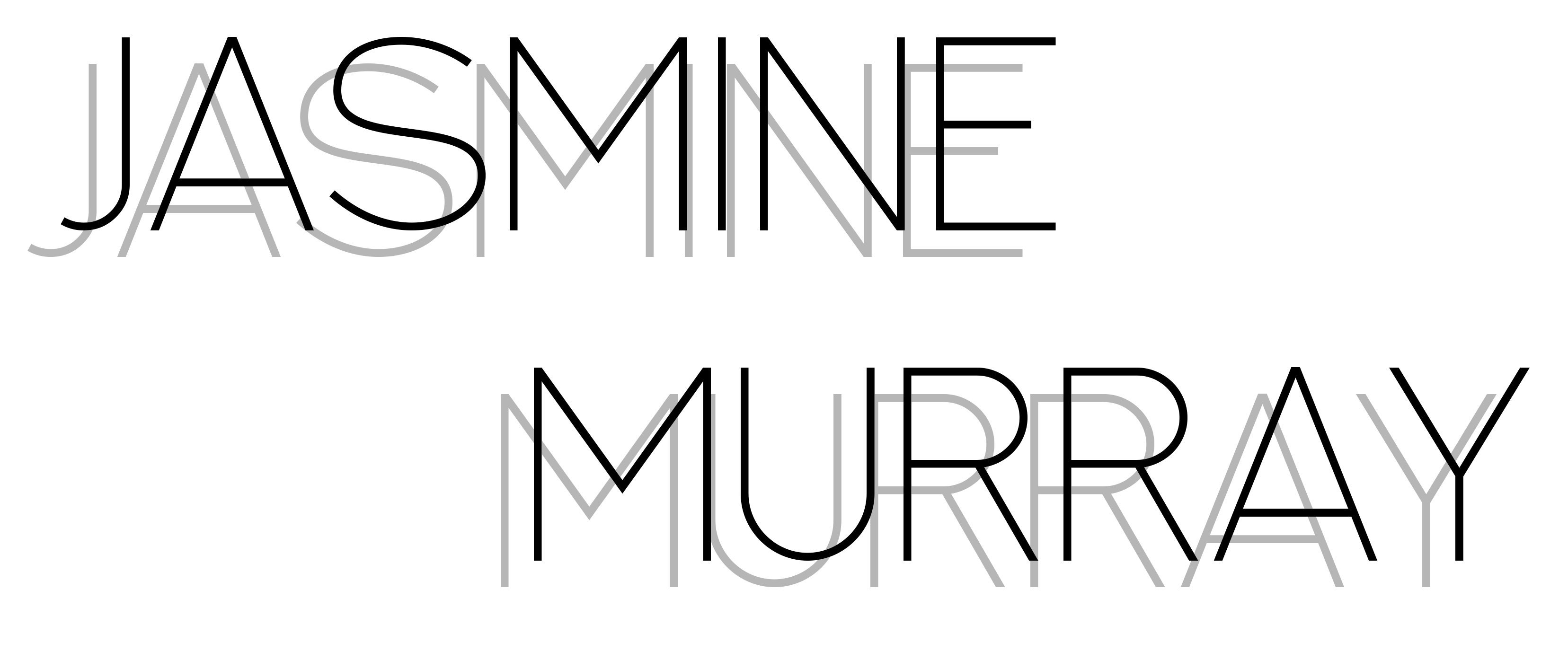Zines


This week we were asked to team up and make a zine. With this in mind I thought it would be interesting to have a reflective look through some of the zines I own and the differences between them in terms of size, binding and printing, including edition size. With the exception of Figure 1 which is smaller, risograph printed and hand-stitched bound and Figure 5 which is glue bound, most of the zines I own are roughly A5 in size, saddle stitched and digitally printed by laser or inkjet. The page amount varies but the minimum seems to be around 8 pages and the largest at 112 pages.

Figures 1-3 showcases the work of a singular artist or photographer who has self-published a zine with their work based on a set theme or body of work. Figures 4-5 are a collective zine with contributions from multiple photographers with a small selection of the contributors work alongside a short artist statement about the work in question. Figure 4, PGZ2019 has a very formulaic layout with images sitting well inside the bleed area of printing. As a contributor of PGZ2019, in both the physical edition and the digital edition, I would say those behind the curation of Photograd check with their contributors on whether they are happy with how their work has been laid out on the page as in both editions I received a mock up spread of how my work would be laid out, as well as the images chosen.


I have in the past considered creating a physical zine of my work and subsequently I still have to hand samples from firms that offer zine printing and small printed runs (during my HND I finally, ended up plumping for a Blurb printed zine to accompany my graduation show, however this ended up becoming a reflective catelogue of work produced during it). It’s worth noting that Photograd mention on their website which printers they use to produce their zines: PGZ2019 Figure 4 for example is printed by Mixam yet the edition prior was printed by ExWhyZed. Unfortunately I don’t own a physical copy of PGZ2018, but looking at photographs the output doesn’t appear to be vastly different baring the fact the edition number is larger, both appear to opt for saddle stitch and a lightweight paper stock. Presumably this is to do with costs and it’s relation to edition number getting cheaper the more you order. More recently I have come across the firm PRiNT ON PAPER which seems to focus on larger format zines, as well as newspapers, interestingly they offer printing of editions as small as 1, which may be useful when it comes to creating a dummy to see whether the format translates from screen to print successfully.

Physical zines are just one part of the market these days, with the rise of issuu (as in the case of Figure 7) and other online platforms allowing anyone to publish a zine and in the case of digital, the output can be incredibly low-cost. Whilst the team I am in hasn’t yet completed this week’s activity of producing a zine we have established our intentions of going digital, as well as working under the theme of isolation (Figure 9). Since I had some time to spare this week I decided to mock up a digital zine of my own, which collates informally some work I had produced for research, a series of observations of the last 2 years of shop window mannequins that comments on the uncanny and consumer habits, with lingerie and designer couture mannequins looking more human in comparison to the abstract minimalist high street versions. Creating this digital zine, has made me reconsider zine publishing as a potential avenue for work produced in this module.
Update 16/07: Isolation Zine is available below to view and download.
References
Figures
Figure 1 Oh Caroool. (2016) Take Me With You Zine. Edition of 30. Do the Print; Barcelona. (Photo by Murray, J. 2020)
Figure 2 Oh Caroool. (3/2019) FOMO: Fear of Missing Out Zine. Edition of 50. Tokyo. (Photo by Murray, J. 2020)
Figure 3 Shaney, S. (2015) In Real Life Zine. (Photo by Murray, J. 2020)
Figure 4 Photograd & Others (2019) PGZ2019. (Photo by Murray, J. 2020, Page Spread also Murray, J. 2019 – _Unsocial Media.)
Figure 5 #PHOTOGRAPHY & Others (2015) Issue #12. Glue bound. (Photo by Murray, J. 2020, Page Spread Images by Susan Swihart About Face)
Figure 6 Murray, J. (2020) Samples from Mixam, ExWhyZed and PRiNT ON PAPER
Figure 7 Kiely, J. (2014) Girls Don’t Do That Zine #1 [Online] Available from: https://issuu.com/joannakiely/docs/girlsdontfinal [Accessed 18/06/2020]
Figure 8 Murray, J. (2020) Window Shopping Zine. [Online] Available from: https://issuu.com/jasmphoto/docs/windowshopping [Accessed 19/06/2020]
Figure 9 Murray, J. (2020) Isolation; Scanlations.
Bibliography
Kiely, J. (2014) Girls Don’t Do That Zine #1 [Online] Available from: https://issuu.com/joannakiely/docs/girlsdontfinal [Accessed 18/06/2020]


